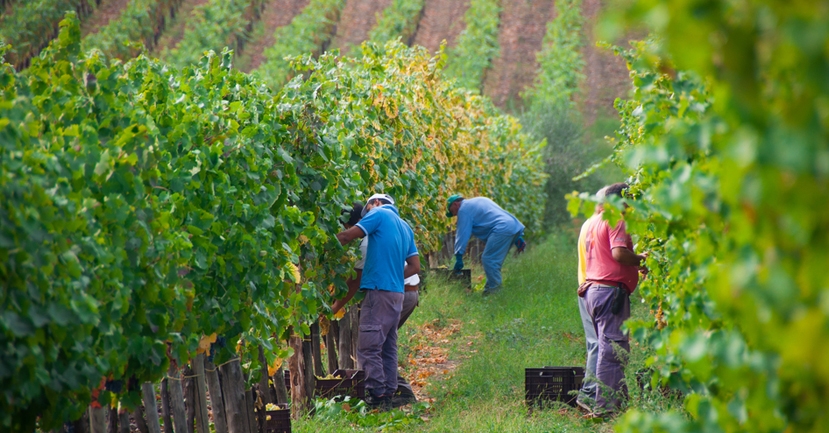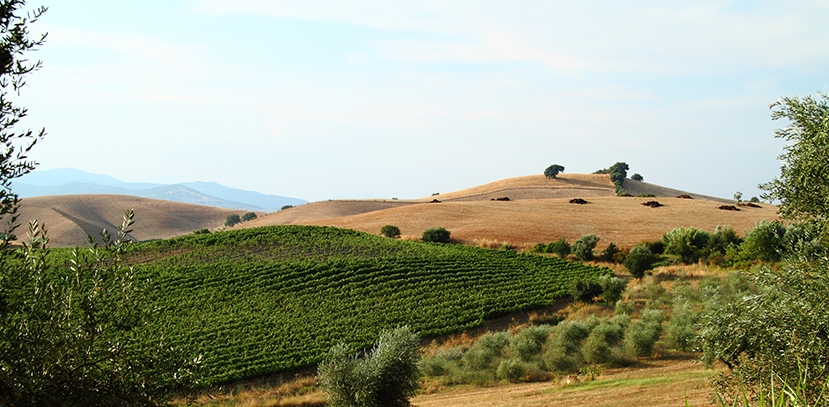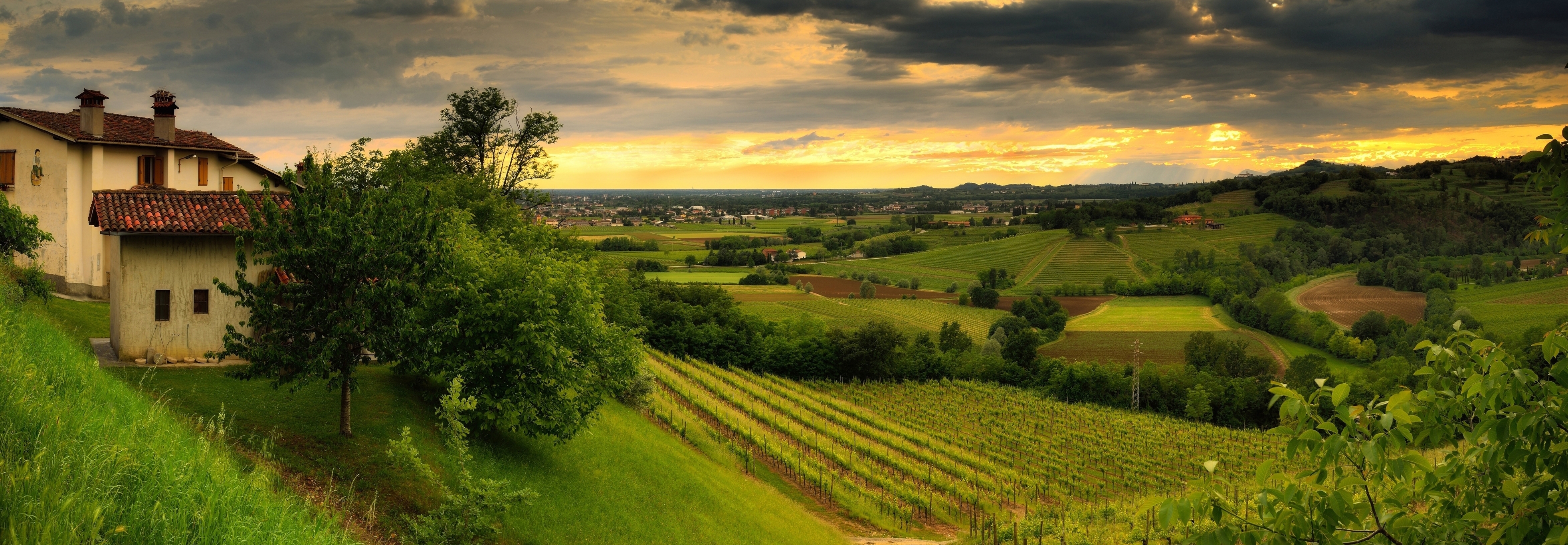BLOG
A Journey Around Some Of Spain's Oldest Vines
Anna Harris-Noble
Regional Spotlight
Home to some of the world’s oldest productive vines – there are Albariño vines in DO Rías Baixas that have been producing grapes for over 200 years - Spain is also believed to be home to more hectares of old vines than any other country.
It is hard to get figures on vines aged 35 years or more but in the last European vineyard survey completed in 2020, a total of 345,923 hectares of vines in Spain were registered as being planted prior to 1990. What is certain is that hectares continue to be lost, as only ten years before there had been 20% more vines of an equivalent age. The Old Vine Conference Regional Ambassador for Spain, Anna Harris-Noble, takes us on a journey around Spain to visit some of its oldest vines.
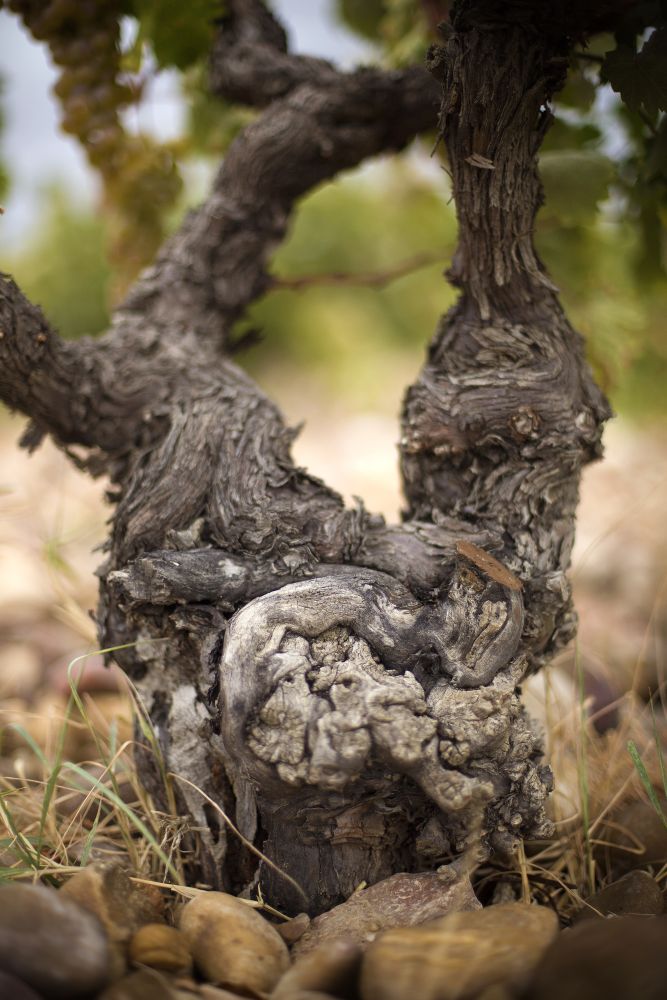
DO Toro - Home to Some of Spain’s Oldest Vines
In some regions of Spain, you can still find un-grafted vines that are centuries old. DO Toro is one such area. Phylloxera couldn’t take hold in its sandy soils meaning that Bodega Numanthia’s iconic Termanthia is made from vines up to 200 years old. These make particularly concentrated grapes and wines that can be aged for decades.
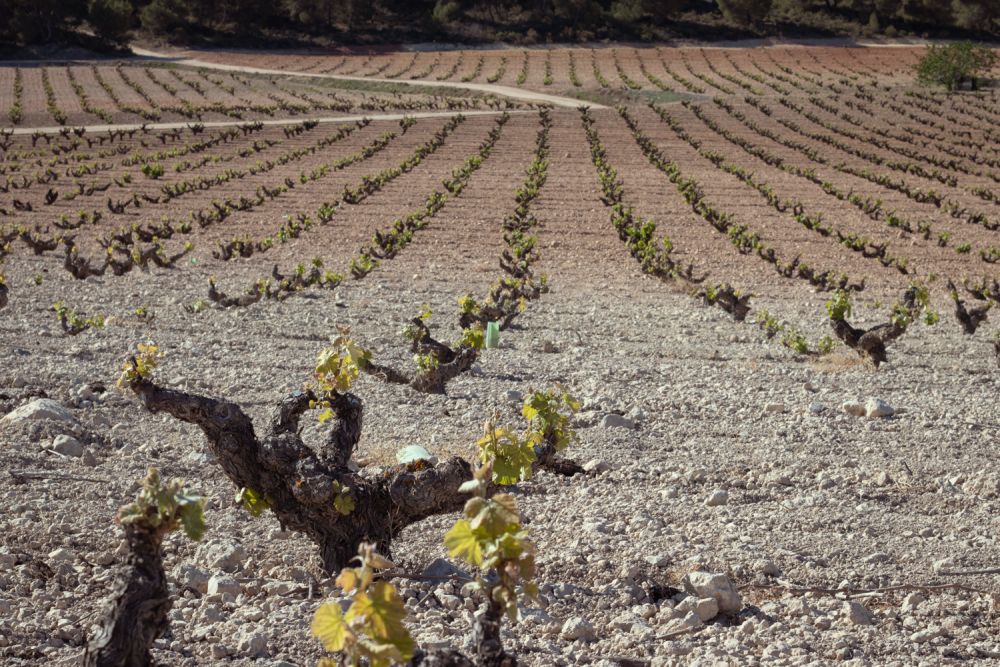
DO Jumilla – Future-Proof Old Vine Monastrell
Around 800 hectares of un-grafted vines can also be found in DO Jumilla, dating back to a time before planting on American rootstock became compulsory, making them at least 50 years old. They have survived here due to the climate and soils – so arid and barren that not even the phylloxera louse could survive.
These old bush vines not only ensure some of the lowest natural yields on the planet, but also the vines’ survival without irrigation – 79% of vines are dry-farmed – meaning that local grape Monastrell has been recognized as the ideal variety for creating crossings that could survive increasing temperatures into the future. At present, existing old vines of Monastrell are best suited to survive in areas where water is in short supply.
Elena Pacheco, Manager of Viña Elena in DO Jumilla, explained that in 2023 – which was particularly hot and dry – yields from their younger Monastrell vines were down around 30% on average, whereas the old vines plantings produced around the same yields as previous years. The root systems of old, dry-farmed vines can often stretch 6-8 metres below the surface making them better able to withstand drought.
The Canary Islands - A Repository of Ancient Varieties
Other un-grafted parcels can be found in the volcanic soils of the Canary Islands. According to Jorge Mendez-Díaz from Bodegas Viñátigo there are more than 82 grape varieties in the Canary Islands and 50% are found no where else on earth, having been wiped out on the Spanish mainland by phylloxera.
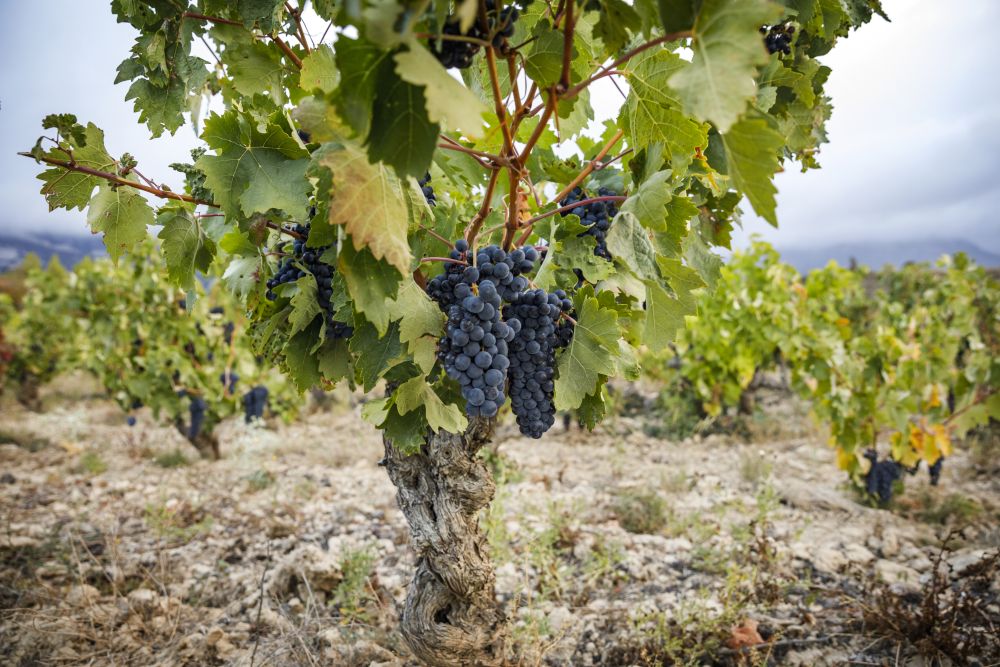
Rioja – Strength in Genetic Diversity
Genetic diversity is one of the key strengths of parcels of old vines as Andreas Kubach MW, managing director of Bideona, which makes wines from 50+ year-old vines across the Rioja Alavesa, explains: “Old vines offer a wealth of genetic material as they were propagated through massal selection prior to the widespread use of more productive clones at the end of the 1980s. In fact, their depth of flavour may have as much to do with genetic variation as age.”
Across the Rioja DOCa, around 9,000 ha of vines were planted prior to 1980 and the new ultra-premium Viñedo Singular category requires vineyards to be at least 35 years old.
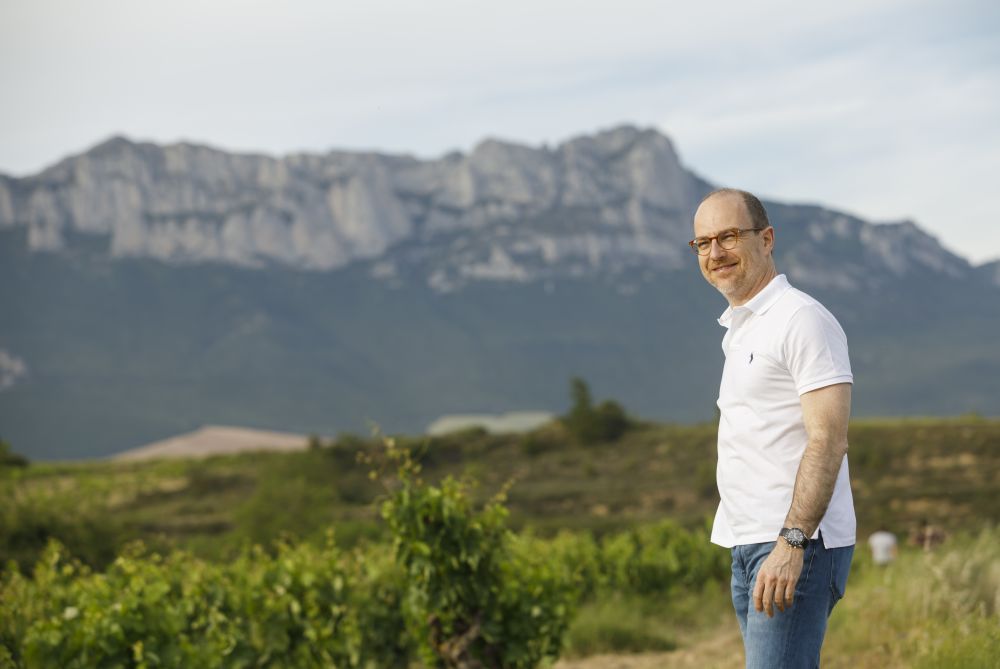
Castilla La Mancha – More Old Vines than Anywhere Else
Castilla La Mancha is the world’s largest area under vine. In 2020, there were a whopping 177,626 hectares of vines planted prior to 1990. But in an area that is home to the world’s largest cooperative, grape prices are so unsustainably low (as little as 0,20€/kg in 2023) that growers have been tempted by European subsidies to grub up old vines.
Their reason for doing so lies partly in the fact that yields decrease with age. Elias Lopez Montero of Bodegas Verum explained that his Las Tinadas vineyard planted in 1950 only produces 4,000-5,000kg/ha, whereas younger, irrigated Airén vines can produce ten times as much.
This is both a blessing and a curse. On one hand, the few bunches of smaller berries produce more concentrated wines, but this also makes them less profitable for growers in areas where they are paid per kilo. The solution is to ensure that a premium is placed on old vine fruit.
Elias is one of the younger growers – along with Bodegas García de Lara outside Toledo – who are bottling their own expressions of old vine Airén, to show that when care is taken, and yields are low it can shake off its reputation as a neutral grape and fetch more sustainable prices.
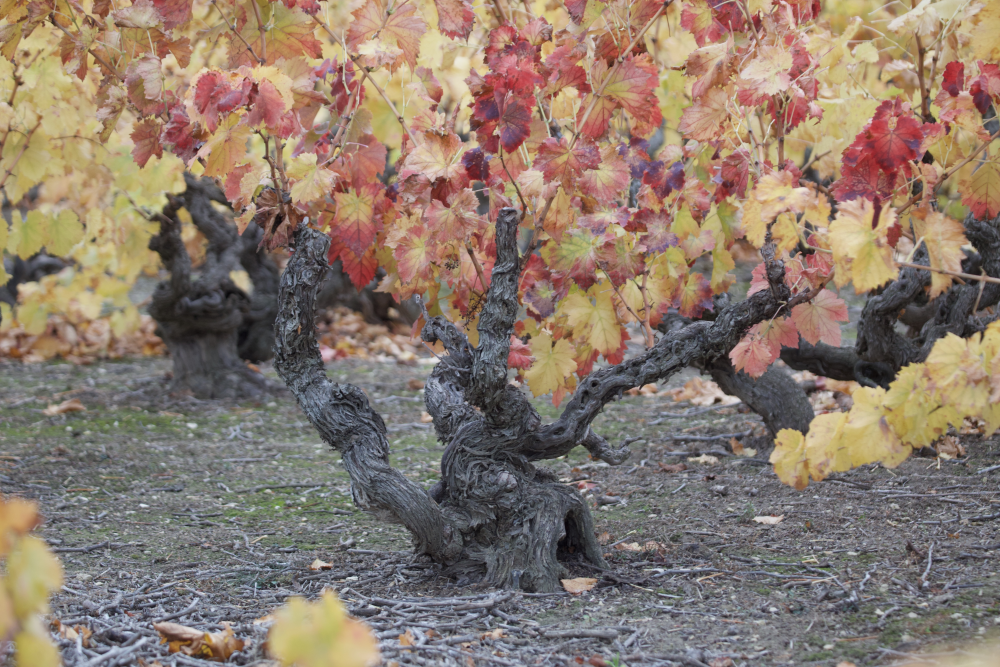
Campo de Borja – The Empire of Garnacha
DO Campo de Borja is another region where the tide is turning on old vineyards of the local variety – in this case, Garnacha.
There are currently 3,265 hectares of Garnacha Tinta vines in the region, of which over 414 hectares were planted prior to 1988, making them more than thirty-five years old. However, in 1989 there was almost twice as much Garnacha, with the vast majority being traditional bush vines. Here, EU vineyard restructuring grants also led to many traditional vineyards being ripped up and replanted with international varieties on trellises.
The good news is that the region is now taking steps to ensure that existing old vines stay in the ground. Old vine grapes now fetch a premium at the co-operatives that control over 95% of production, and the Consejo Regulador is working on an app that will alert wineries and institutions if grubbing-up permits are requested for vines aged 35 years or more.
The DO is also undertaking a research project entitled “Garnachas Históricas” with two local universities. One groundbreaking study is investigating how vine age affects ageing capacity and flavour development, in the aim of proving the value of old vines in terms of quality, and raising awareness of old vine Garnachas from the area. The second aims to establish a scientific method for the reliable dating and certification of old vines.
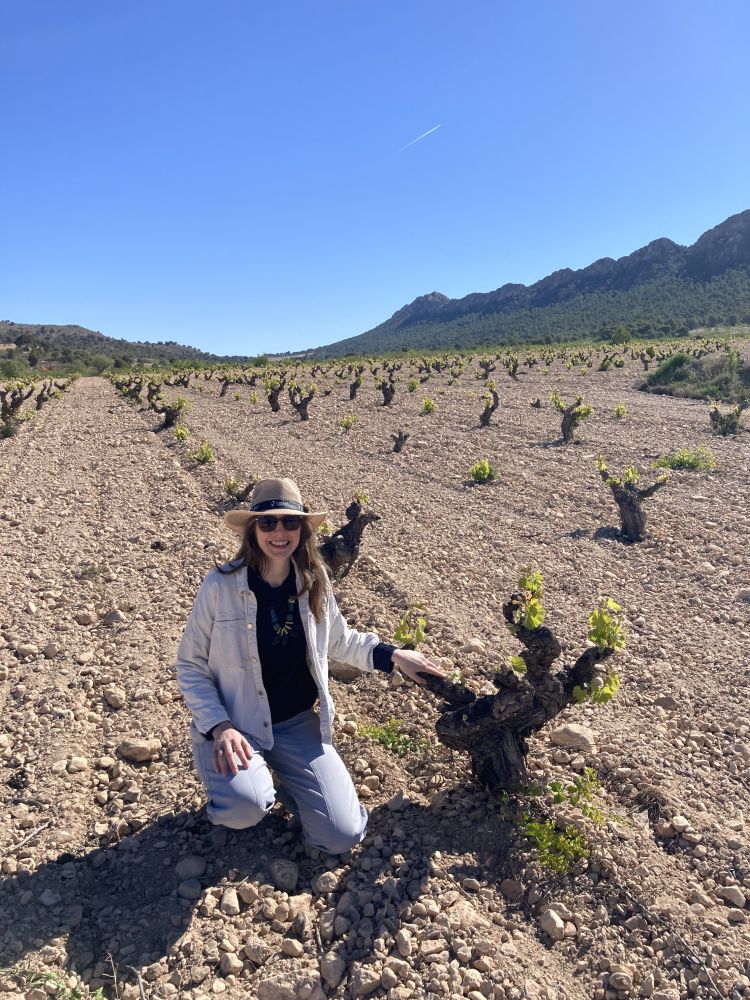
photo by @amantewine
DOQ Priorat – 80 year-old Vinyes Velles
Dating old vines is complicated by the fact that older registries are often incomplete. In fact, the DOQ Priorat has resorted to using aerial photos taken in 1945 by the American Air force in collaboration with Franco’s government to certify the use of the term Vinyes Velles (Old Vines). This means that when consumers see this term on a label, for example on Álvaro Palacio’s Les Terrasses, the grapes it contains are from vines that existed in 1945 so are now around 80 years old or more.
The Rest of Spain
All over Spain, institutions are recognizing the need to safeguard heritage vineyards and dynamic producers are seeking out old parcels to save them. In DO Arribes del Duero, El Hato y El Garabato makes field blends of native varieties such as Juan Garcia, Brunal, Bastardo and Mandón, from vines aged 80-120 years of age. Edetària, founded in the early 2000s, makes wines from ungrafted Garnacha Blanca vines of 150 years of age, Bodegas Hispano Suizas in Utiel-Requena makes a wine from 80-year old Bobal vines… the list is endless.
It seems that Spain is finally becoming aware of its vinous treasure trove and what Álvaro Palacios describes as “the supernatural charms” of old vines.


